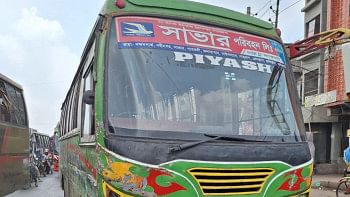Women, adolescent girls most vulnerable during disasters
Women and adolescent girls remain utterly vulnerable to grim health hazards and sexual violation during disasters and conflict situations, Health Minister Mohammed Nasim told a discussion yesterday.
Citing that 90 percent of the dead in the 1991 cyclone in Bangladesh were women and children, he said, "Imams, political leaders and journalists while playing their respective roles should motivate people into protecting the dignity and rights of women during disasters -- man-made or natural."
"Many officials and field level health workers skip their duties...I call upon you to stop such malpractice...All of you from the director general down to a field worker have to play their respective duties or face the consequence," said the minister.
The discussion was organised by the ministry in the capital's Osmani Memorial Auditorium marking World Population Day.
This year's global theme is "vulnerable populations in emergencies". Bangladesh accordingly set its official goal that "women and children are to get first priority in danger and disaster situations".
Women, particular those pregnant, adolescent girls and children remain undefended against increased gender violence and sexual harassment in emergency, disaster and conflict situations and they need extra support, said Argentina Matavel Piccin, country representative of United Nations Population Fund.
Bangladesh with the highest density of population in the world needs urgent preparedness for a possible earthquake which will affect millions, she said.
State Minister Zahid Malek said the population growth rate decreased from 2.61 percent in 1974 to 1.37 percent in 2011. Neonatal death per thousand live births fell from 150 in 1975 to 38 in 2014.
The programme saw seven health workers and organisations and six journalists and media professionals awarded in recognition of their outstanding contribution to the issues of women and family health.

 For all latest news, follow The Daily Star's Google News channel.
For all latest news, follow The Daily Star's Google News channel. 



Comments